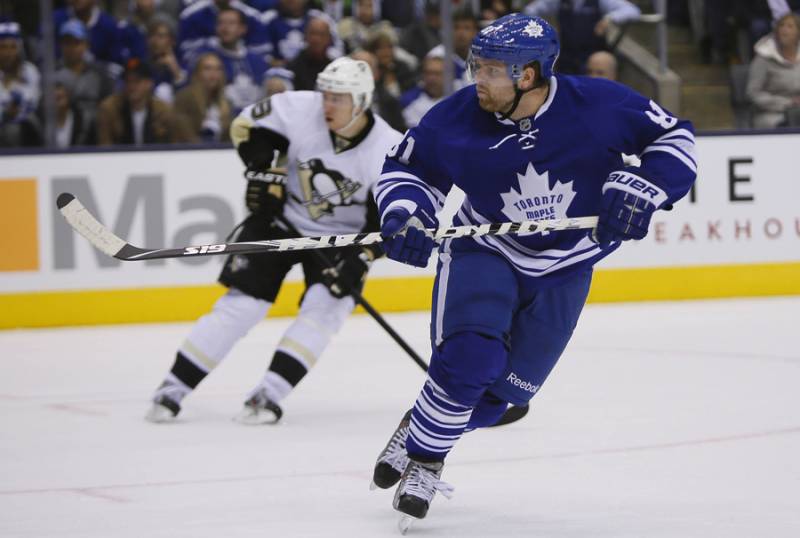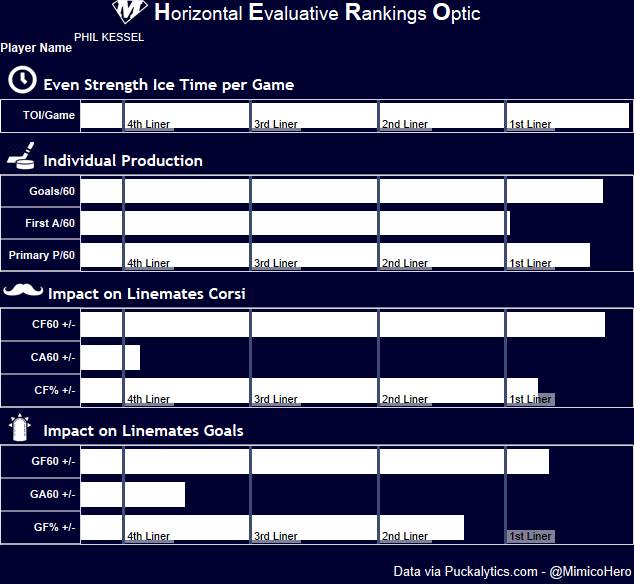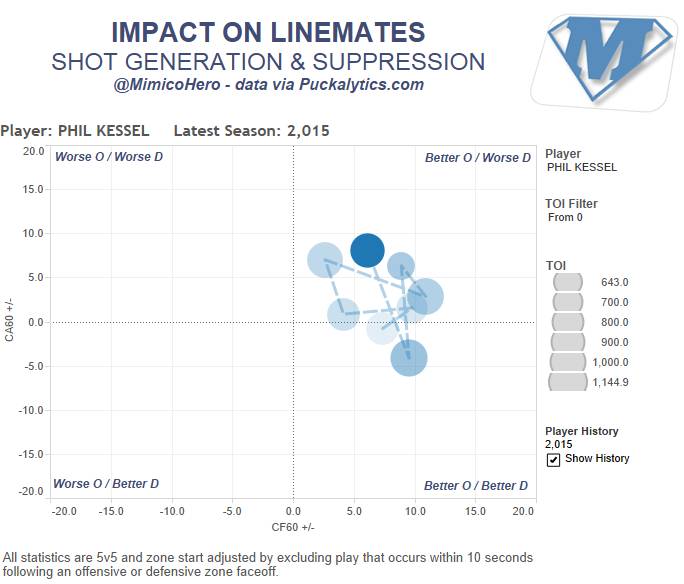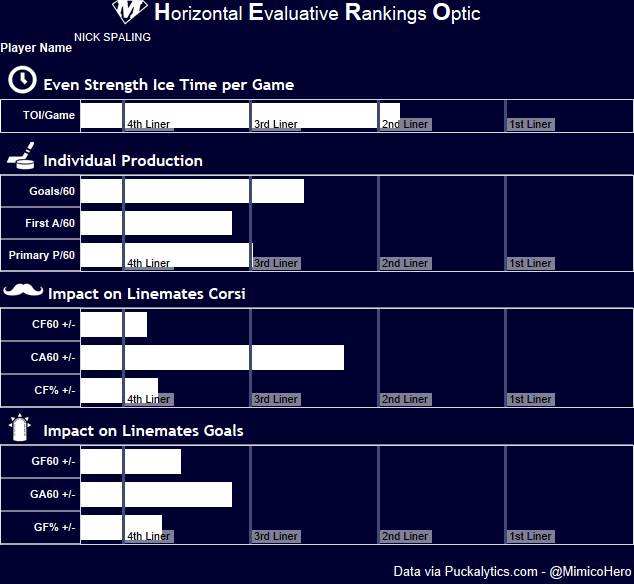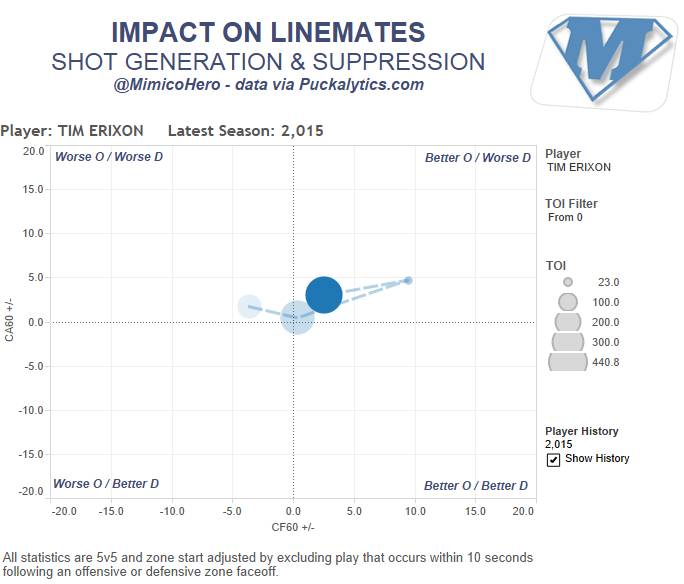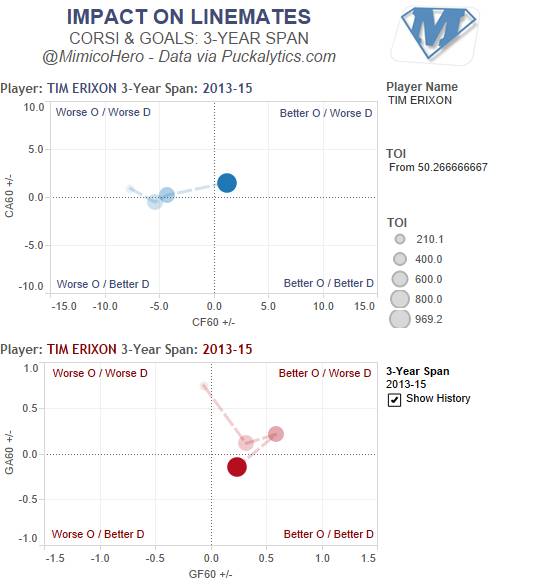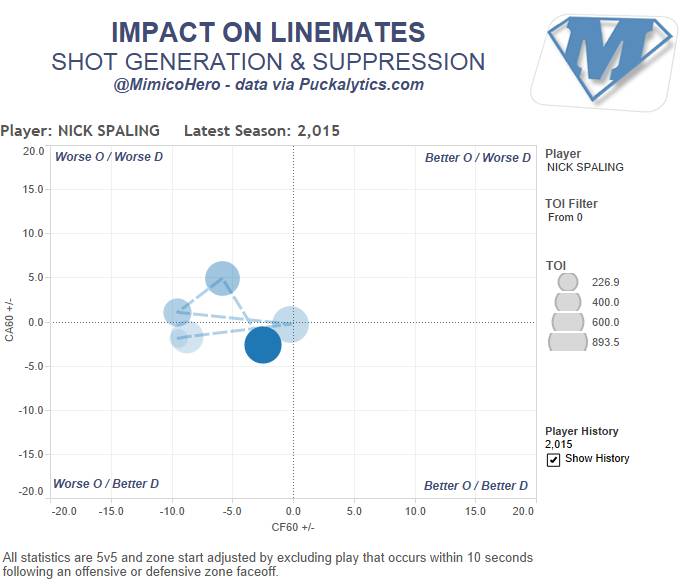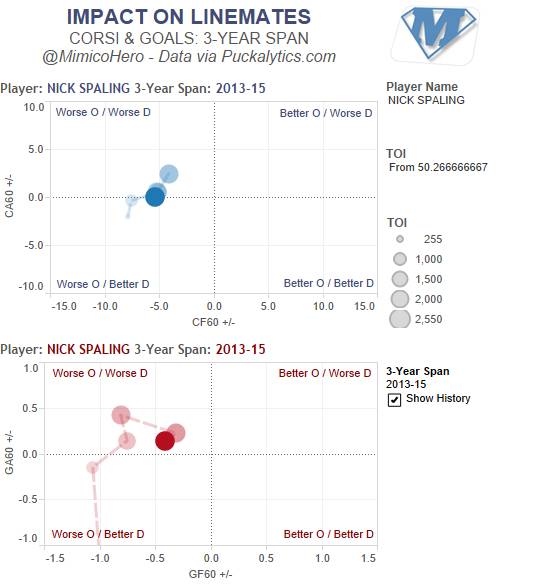After months of speculation, the inevitable finally happened. The Toronto Maple Leafs found a new home for right winger Phil Kessel. In a blockbuster, multi-player deal, the Leafs dealt Kessel, along with minor league forward Tyler Biggs, spare defenseman Tim Erixon and a second round pick in 2016 to the Pittsburgh Penguins. In return, the Leafs acquired prospect Kasperi Kapanen, defenseman Scott Harrington, winger Nick Spaling, and first and third round picks in the 2016 NHL draft. The picks are conditional (explained below) and the Leafs will retain $1.25 million of Kessel’s annual salary for the next seven years.
The reaction to the deal has been mixed. While some feel the Leafs were lucky to unload a brooding, out-of-shape winger, others are relieved that the Leafs’ management group has fully embraced a rebuild for the team’s roster and culture. Let’s take a closer look at how this deal shakes out.
Penguins receive Phil Kessel, Tim Erixon, Tyler Biggs, third round pick
Get this out of the way first: Phil Kessel is elite. A power play line that includes Evgeni Malkin, Sidney Crosby, and Phil Kessel is almost absurd. By securing Kessel, the Pens have added one of the top ten goal scorers in the NHL.
How good is Kessel’s offensive contribution? In his career, he’s posted 247 goals and 520 points in 668 games played. His goals, primary assists, and primary points are each top-line quality over the past three years and he regularly improves the offensive production of his linemates (such as the much-maligned Tyler Bozak).
The clearest knock on Kessel is his disinterested defensive work. His shots against and goals against totals are almost replacement level. The qualitative knocks on Kessel have also added up. From his atypical leadership to his fitness level and his trouble with the Toronto media, Kessel needed a fresh start with a new team away from the T.O. fishbowl.
In Pittsburgh, he’ll get that fresh start – expect his offense to re-ignite in the short-term as he skates with an elite centre – Crosby or Malkin fit the bill – for the first time in years. Whether or not the Pens still enjoy Kessel’s contract in 2021-22 is another matter altogether.
Tim Erixon is essentially a replacement-level defender. He has some puck-moving skills, is still young (24 years old), and has shown the ability to moderately improve the offensive play of his teammates. He can fill a depth role on Pittsburgh’s very thin blue line.
Tyler Biggs epitomizes the failed draft strategy of the past Leafs regimes. He’s done very little with his time in the AHL and doesn’t appear likely to challenge for a spot on an NHL roster in the near future. Regarded as one of the Leafs’ most notable draft busts in recent seasons, Biggs will look to create a niche for himself at the AHL level next season.
The Leafs also part with a second round pick in next year’s draft. Picks in the second round have a 29-35% chance of finding a 100-game or better NHLer. The pick has some value.
Leafs receive Kasperi Kapanen, Scott Harrington, Nick Spaling, a 1st round pick, and a 3rd round pick
In the short-run, the Leafs are now a worse hockey club. None of players in the Kessel return figure to make an NHL impact next season. For the Leafs, re-stocking their lineup slowly by drafting and developing is the key anyway.
Kasperi Kapanen is the type of electric puck-carrying offensive forward that the Leafs are stockpiling. Blessed with great puck control, analysts consider Kapenen to be the third-best prospect in the Leafs organization, behind only Mitch Marner and William Nylander. He plays a cerebral game for a 19-year-old and fits in well with the smart and speedy cohort of forwards the Leafs are now developing.
Scott Harrington is 6’2, 210 lbs. and 22-years-old. He’s known as a shutdown defender who can log heavy, mistake-free minutes. Harrington offers very little offense but is capable enough to prevent the Leafs from relying on a healthy Stephane Robidas or Stuart Percy and could be in the the sixth defenseman role next year. The Leafs need depth on defense and Harrington is a small part of the solution.
Nick Spaling scored 27 points in 82 games last season and is regarded as a penalty-killer and checker who can play centre and wing. Assistant GM Kyle Dubas has already indicated that Spaling will shift back to centre. Spaling is a replacement-level forward with little individual production per 60 and a generally poor effect on his teammates. Still, he should fill a depth role for the Leafs, allowing the team to avoid promoting a young forward from the AHL before they are fully ready for the NHL.
The Leafs secured first and third round picks as well, but the first round selection is conditional. If the Penguins miss the playoffs next season, the Leafs will acquire the Pens’ first rounder in 2017 instead and the Penguins get the Leafs’ second rounder in 2017 instead. If the Pens miss the playoffs again the next year, the first rounder becomes a second round pick (and the Leafs retain their own pick).
Presuming the Penguins make the playoffs, the Leafs will earn a pick between 15th-30th. In that range, there is a 35-60% chance of drafting a 100-game NHLer – a high-quality choice. The third round choice has a 24-37.5% likelihood of finding a 100-game NHLer.
The Leafs also retain $1.25 million of Kessel’s annual salary over the next seven seasons.
In the end, this is a perfect deal for both sides. The Penguins succeeded in snagging the best player in the deal. Kessel’s great offensive production is likely to return in Pittsburgh playing with elite linemates. The Penguins don’t want to waste the remaining prime years with their core and Kessel represents an all-in attempt to push the Penguins deep into the playoffs.
But based on their own organizational goals, the Leafs win this deal. The rebuilding club added a top-level prospect, a first round pick, and major salary cap relief. The Leafs seem committed to a proper rebuild and Kessel’s presence in Toronto blocked that process. Now, the Leafs are financially flexible, a little deeper with prospects, and no longer tied to Kessel’s onerous contract.
Written by Sean Tierney, who can be found @SeanTierneyTSS


